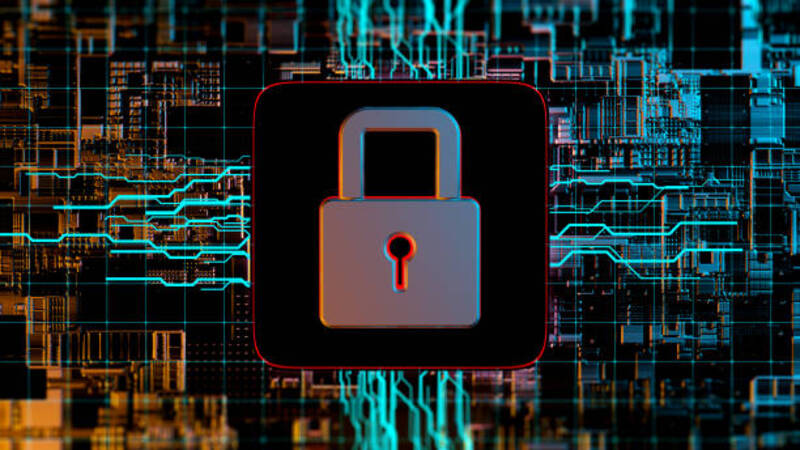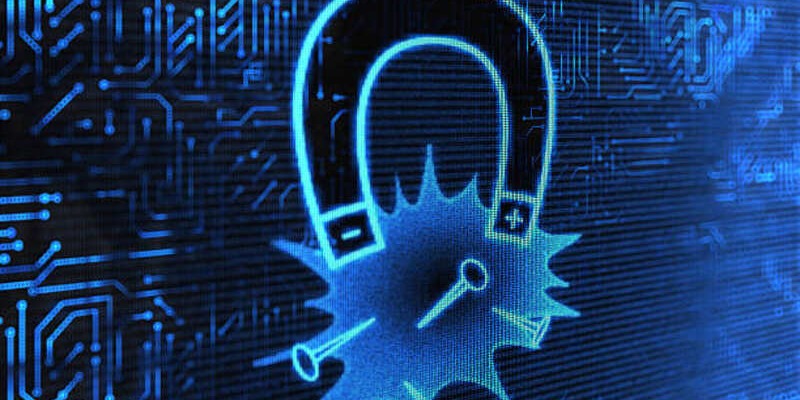In today's ever-evolving digital landscape, cybersecurity has emerged as a paramount concern for both individuals and organizations. As cyber threats grow increasingly sophisticated, it becomes imperative to fortify our security measures. One such advancement is the implementation of two-factor authentication (2FA), a security method that holds tremendous promise in bolstering defenses against unauthorized access and data breaches. By embracing 2FA, we pave the way for a safer future in the realm of cybersecurity.
Understanding Two-Factor Authentication (2FA):
Two-factor authentication (2FA) is a powerful security measure that surpasses traditional password-based authentication, offering an extra layer of protection. It necessitates users to verify their identity by providing two distinct types of information: something they know (like a password) and something they possess (such as a smartphone or physical token). This robust method enhances security and ensures a more reliable authentication process. The first factor, known only to the user, is typically a unique password or PIN.
The second factor, possessed by the user, can take the form of a physical device like a security token or a smartphone app that generates a one-time code. This multi-factor approach adds an additional layer of security.
Different types of 2FA:

There are several types of 2FA methods available, each offering varying levels of security. Some common types include:
- SMS-based: This method involves users receiving a one-time code via text message on their registered phone number.
- Email-based: Similar to SMS, this method sends a one-time code to the user's registered email address.
- Hardware tokens: These physical devices, such as smart cards or security keys, generate unique one-time codes.
- Biometric: This method utilizes distinct biological characteristics like fingerprints or facial recognition to verify a user's identity.
- Time-based: By generating a one-time code based on the current time, this method ensures security and expires after a specific period.
These methods provide various options to enhance security while ensuring convenience and ease of use for users.
Benefits of 2FA:
In today's world, where data breaches and cyber attacks are on the rise, implementing Two-Factor Authentication (2FA) has become essential to safeguard sensitive information. Let's explore some of the benefits of incorporating 2FA:
- Enhanced Security: By adding an extra layer of authentication, 2FA effectively reduces the risk of unauthorized access to accounts and valuable data, ensuring enhanced security.
- Convenience: With the widespread use of mobile devices, there are numerous user-friendly 2FA methods available, such as fingerprint or facial recognition on smartphones. These methods offer effortless and convenient access to accounts while maintaining security.
- Customizable Security Levels: Organizations have the flexibility to choose the most suitable 2FA methods based on their specific security requirements. This enables them to tailor their security measures to meet their unique needs effectively.
- Compliance with Regulations: Certain industries, such as finance and healthcare, are bound by strict regulatory mandates for protecting sensitive data. Implementing 2FA assists organizations in meeting these compliance obligations, ensuring they adhere to industry regulations.
By embracing 2FA, organizations can fortify their security measures, enhance user experience, and meet regulatory requirements, ultimately creating a safer digital environment for everyone involved.
Limitations of 2FA:

While 2FA offers significant security advantages, it does have its limitations. Some common challenges include:
- User resistance: Some users may find it inconvenient or time-consuming to provide a second factor, which can lead to resistance when adopting 2FA.
- Compatibility issues: Certain 2FA methods may not be compatible with all devices or systems, posing implementation challenges in some cases.
- Vulnerabilities: Like any security measure, 2FA is not foolproof. Skilled malicious actors can still exploit potential vulnerabilities.
Though 2FA is a powerful security tool, it's important to acknowledge and address these challenges to ensure its effective implementation.
The Rise of Two-Factor Authentication: A Look Towards the Future:
Despite its limitations, two-factor authentication (2FA) is gaining popularity and becoming increasingly prevalent across industries. In the future, we can expect the emergence of more advanced forms of 2FA, including biometric authentication and integration with emerging technologies like blockchain. As cyber threats continue to evolve, organizations may face heightened regulations and requirements to adopt 2FA as a standard security measure. With these remarkable advancements, the future of cybersecurity appears bright and secure, thanks to the growing prevalence of 2FA.
Whether you are an individual or an organization seeking to safeguard your sensitive information, incorporating 2FA is an essential measure to ensure the utmost safety and security of your data in this ever-evolving digital landscape.
How 2FA is gaining prominence in cybersecurity?
With the increasing frequency and sophistication of cyber-attacks, relying solely on traditional password-based authentication methods is no longer adequate to protect sensitive information. As a result, the adoption of two-factor authentication (2FA) has become a prevalent security practice in both personal and professional realms. Particularly for organizations, the recognition of 2FA's significance in safeguarding data and preventing costly breaches is growing. A Verizon report revealed that 80% of hacking-related breaches could have been prevented by implementing multi-factor authentication.
The future of cybersecurity:
In an era of escalating cyber threats, the significance of strong security measures cannot be overstated. Two-factor authentication (2FA), renowned for its efficacy in safeguarding against unauthorized access and data breaches, is set to become an essential element of cybersecurity protocols. As technology progresses, we can anticipate further refinements in 2FA methods that offer enhanced levels of security.
Technological advancements in 2FA:
Biometric technology has completely transformed the landscape of two-factor authentication (2FA), providing a secure and convenient method for verifying identities. As we peer into the future, we envision the emergence of even more advanced biometric authentication methods, such as voice or behavioral recognition. Moreover, the rapid advancements in machine learning and artificial intelligence are set to empower sophisticated threat detection systems that can swiftly adapt to new risks. The horizon is filled with boundless possibilities for heightened security and seamless authentication.
Conclusion:
In today's ever-evolving digital landscape, the imperative for robust security measures has never been more pronounced. Two-factor authentication (2FA) has emerged as a crucial tool in safeguarding sensitive information and thwarting costly data breaches. With its numerous advantages and continuous advancements, it is evident that 2FA will continue to play a pivotal role in cybersecurity for years to come. As technology evolves and threats become increasingly sophisticated, 2FA will adapt and provide indispensable protection for individuals and organizations alike. Therefore, everyone needs to comprehend the significance of 2FA and embrace it as a standard security measure in their digital lives.




